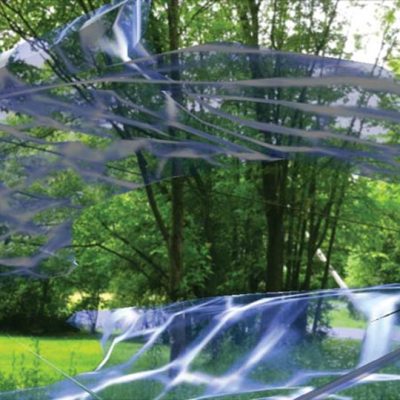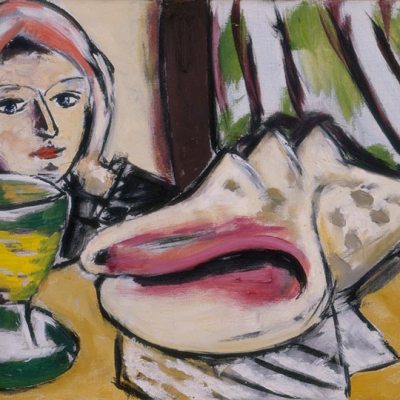The new revelations surrounding Cornelius Gurlitt, in the same week that The Monuments Men was released to great media fanfare, were bound to reignite debate about the fate of Nazi-looted art.
It certainly seems to have galvanized the German authorities, who announced earlier this week that they planned to discuss the creation of a new, independent centre for art restitution. Now, in a slightly more concrete-sounding move, they have also proposed a new law. If passed, it would lift the current 30-year statute of limitations on cases involving stolen art.
This would remove a significant barrier for Jewish families whose property was confiscated by the Nazis. At present in Germany, former owners of artworks taken before 1975 have little legal recourse when seeking their return, even if they can prove that they were seized, stolen, or sold under duress.
As far back as 1998, the Washington Conference Principles on Nazi-Confiscated Art suggested that former owners should be encouraged to come forward, and asked participating nations to ‘develop national processes’ to enable them to find ‘fair and just’ solutions to restitution cases.
Establishing the legal framework that could actually accommodate such cases would have been a good place to start 15 years ago. Previous efforts to do so have all failed. The difficulty of finding the desired fair and just solutions, in the face of incomplete records, competing claims to ownership, and increasingly – as the decades drag on – in the absence of anybody personally implicated, cannot be downplayed. But such thorny issues can only be satisfactorily resolved if systems exist to address them.
Related Articles:
Second Gurlitt hoard comes to light (Maggie Gray)
Spoiled: the Gurlitt cache (Corinna Lotz)



